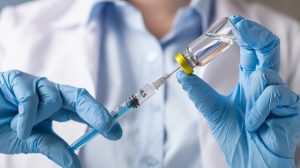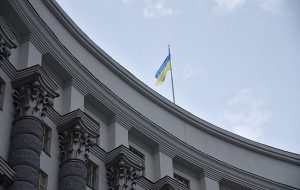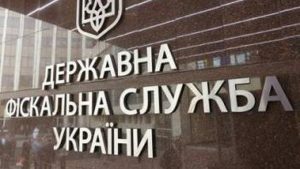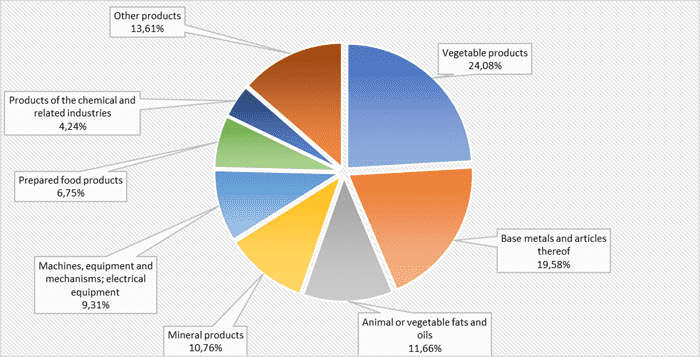
Ukraine is holding negotiations with China on the delivery of a coronavirus vaccine, Ukrainian Foreign Minister Dmytro Kuleba said.
“[China says] that they stand ready to supply it. The Health Ministry has concrete information, and we are helping them now in order to facilitate certain contacts between representatives of the Health Ministry and representatives of the [vaccine] producer,” Kuleba told the Ukraine 24 TV channel on Thursday.

The Cabinet of Ministers of Ukraine has approved the Concept of economic development of Donetsk and Luhansk regions until 2030.
The relevant decision was made at the Wednesday government meeting.
The purpose of the document is to determine the conceptual approaches and main directions of the strategy for the economic development of Donbas for the creation of regulatory, institutional and organizational conditions for the formation and development of the economy of Donetsk and Lugansk regions.
According to the concept, the reboot of Donbas economy will take place in two stages: firstly, under current conditions in the controlled territory of the regions, secondly, throughout Donetsk and Luhansk regions after reintegration.
According to Prime Minister of Ukraine Denys Shmyhal, these territories require additional incentives that will create an attractive platform for involving investments.
In particular, this is about development in the direction of the real sector of the economy, industrialization, the development of critical infrastructure and logistics.
National bank of Ukraine’s official rates as of 28/12/20

Source: National Bank of Ukraine

The State Tax Service will operate as a single legal entity from January 1, 2021.
“From January 1, 2021, the territorial bodies of the State Tax Service, created as its separate divisions, begin to exercise the powers and functions of the territorial bodies of the State Tax Office, which are liquidated as a legal entity,” the service said on its website on Thursday.
The corresponding order was signed by head of the department Oleksiy Liubchenko on Thursday.
According to him, this is the final step in the transition of the service to the format of a single legal entity.
Thus, from January 1, the service will consist of the central office and territorial bodies as separate units, the department added.
Foreign trade turnover by the most important positions in Jan-Sept 2020 (export).
